BOTOX® GIVEAWAY: Explore & Share For A Chance To Win!
March 1, 2025
*****CONTEST IS CLOSED***** Our beautiful website has received a wow-worthy upgrade including the launch of our…
Read Post
Mabrie Facial Institute
166 Geary Street
Floor 1300
San Francisco, CA 94108
Phone: (415) 445-9513
Text/SMS: (866) 618-9459
Monday–Friday 8 a.m.–5:30 p.m.
When it comes to your face, straight answers matter. At Mabrie Facial Institute, we combine deep expertise in facial anatomy with over two decades of hands-on experience to bring you clear, honest guidance. On this page, you’ll find everything you need to know about BOTOX—from how it works and how long it lasts to treatment areas, risks, recovery, and more. Consider this your expert guide to BOTOX, from a facial plastic surgeon with 20+ years of experience.
Learn about how MFI provides the Best BOTOX in the San Francisco Bay Area.

Action:1. Smooths wrinkles
2. Reduces tension
Pain Level:Minimal
Safety:FDA Approved
Appointments Needed: 1
Duration:Results Last 3 to 4 Months
Visible Results:Lines, 5 to 10 days;
Muscles, 3 to 4 weeks
Downtime:None
BOTOX is an advanced clinical tool derived from a purified protein that temporarily relaxes targeted muscles—and in some cases, glands—by blocking the signals that cause them to contract. For most classic uses, this relaxation smooths away wrinkles caused by overactive muscles. But at MFI, we also use BOTOX in a more sculptural way: to release tension in areas like the masseters (jaw), trapezius (neck/shoulders), and mentalis (chin). This not only brings comfort but can also refine the contour of the jawline, neck, and chin, helping shape the face in addition to softening lines.
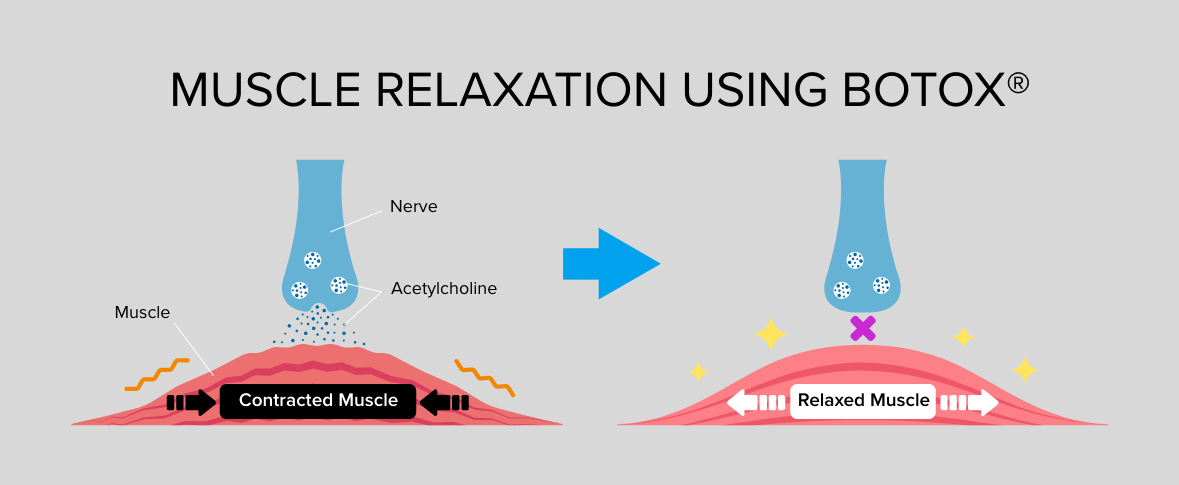
The most common applications of BOTOX are:
At MFI, we specialize in using BOTOX to sculpt, slim, and soften the face and neck, including:
In addition to their cosmetic applications, BOTOX injections are also used to treat medical conditions including:
While BOTOX is the most well-known, other FDA-approved neurotoxins like Dysport®, XEOMIN®, Jeuveau®, Daxxify®, and Letybo® offer subtle differences in formulation, onset, duration, and diffusion, making the best choice dependent on your unique anatomy, goals, and provider expertise.
| Product | Key Features | Onset | Duration |
|---|---|---|---|
 BOTOX BOTOX | Gold standard; versatile for wrinkles & medical uses | 3-7 days | ~3-4 months |
 Dysport Dysport | Spreads more; ideal for larger areas | 2-3 days | ~3-4 months |
 Xeomin Xeomin | Naked formula; no additives, lower resistance risk | 3-4 days | ~3-4 months |
 Jeuveau Jeuveau | Purely cosmetic; often used for frown lines | 3-4 days | ~3-4 months |
 Daxxify Daxxify | Newer; peptide technology for longer duration | 1-2 days | Up to 6 months |
 Letybo Letybo | Latest FDA-approved; developed in South Korea | 3-5 days | ~3-4 months |
The price of your BOTOX treatment is dependent on the amount of product used, the number of treatment areas, and the Injector. Prices are subject to change, so please call or check our Procedure Pricing page for current pricing.
Back to TopOn average, each treatment area takes between 10 and 30 units, but you could need as few as one unit or as many as hundreds of units; it all depends on the concern being treated, the number of treatment areas, and other factors. Interestingly, men tend to require more BOTOX than women due to their larger and stronger facial muscles. While we cannot precisely determine how much product each patient will need for specific treatment concerns without a consultation, we can provide a general estimate. Please refer to the graphic for the average units per treatment area for both women and men.
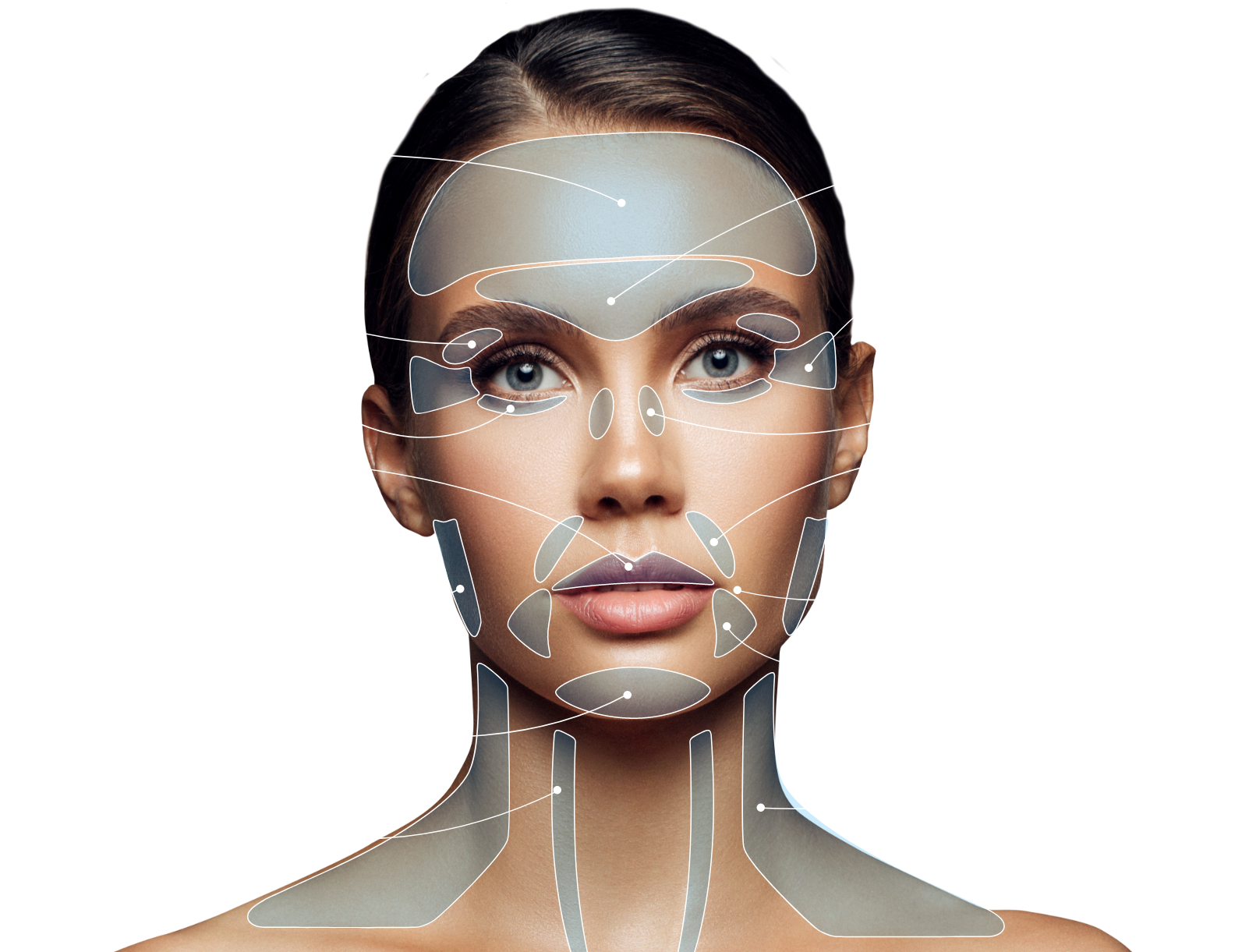
Ideal BOTOX results are detectable, but not obvious. You should look relaxed and refreshed, as if you’ve had a restful vacation. At MFI, we specialize in BOTOX treatments that produce natural-looking results. We like to say that people will notice, but no one will know.
Back to TopResults appear in several days and last about 4 to 6 months, depending on the treatment area. Regularly scheduled touch-up treatments can maintain and improve the longevity of your results.
Back to TopIf you’re interested in longer-lasting results, you may want to consider Daxxify, the next generation of neuromodulator. On average, most patients experience a similar duration to BOTOX—about 3–4 months. That said, around 25% of our patients have seen results last about 50% longer. We’ve also treated patients who noticed little to no effect from BOTOX but responded beautifully to Daxxify. If you’d like the possibility of fewer maintenance visits while still enjoying natural, smooth results, Daxxify may be a great option to explore.
Back to TopMFI focuses exclusively on injectables and has set the bar in the art and science of fillers for more than 15 years. Dr. Mabrie, trained as a facial plastic surgeon, has dedicated thousands of hours to refining the most innovative, effective, and safe techniques for injectables. There is no other practice in the Bay Area with the level of experience, education, and passion for injectables you’ll find at MFI.
Schedule MeWhen performed by an experienced medical professional (like all MFI Injectors), BOTOX is extremely safe. Botulinum toxin has been used therapeutically for more than 35 years and was approved by the FDA for cosmetic use in 2002. Here’s a brief timeline of the development of BOTOX for clinical and cosmetic uses:
| 1970s Dr. Alan Scott develops botulinum toxin for medical use, initially exploring it as a treatment for strabismus (crossed eyes). | 1980s The FDA approves botulinum toxin (under the name Oculinum) for treating strabismus and blepharospasm (eyelid twitching). | 1989 Allergan acquires the rights to botulinum toxin and rebrands it as BOTOX®. |
| 2002 The FDA approves BOTOX for cosmetic use to reduce frown lines (glabellar lines) between the eyebrows. | 2004 The FDA approves BOTOX for treating severe underarm sweating (hyperhidrosis). | 2010s–Present The FDA expands BOTOX indications to include crow’s feet and forehead lines, and medical uses like migraines and neck spasms. |
According to the American Society of Plastic Surgeons (ASPS), in 2023, their members performed 4,715,716 BOTOX injections, with only a relative handful of adverse effects, most of which were related to underlying medical conditions. Research indicates the number of BOTOX injections in the United States last year likely exceeded 9 million.
Back to TopWhile BOTOX is generally considered safe when administered by a qualified professional, some risks and complications can occur. These include:
It’s common to confuse dermal fillers and neuromodulators like BOTOX®, but these treatments work in very different ways.
Dermal fillers add structure and volume. They build and contour areas where the face has lost fullness or definition, smooth deeper folds, and enhance features like the lips, cheeks, and jawline. Think of fillers as adding support beneath the skin.
Neuromodulators (BOTOX, Dysport®, XEOMIN®, Daxxify®) work by relaxing overactive muscles that cause wrinkles and unwanted bulk. They soften expression lines, slim or debulk certain facial areas, and prevent new dynamic wrinkles from forming.
Back to TopYes, combining BOTOX with fillers is a popular approach to non surgical enhancement. While BOTOX improves wrinkles or contour irregularities caused by muscle contractions, dermal fillers can improve a wide variety of concerns caused by volume loss, such as nasolabial folds (parentheses), smile lines, and under eye circles and bags. We also use filler to sculpt features such as the nose, cheeks, lips, and jawline. At MFI, we combine BOTOX and fillers in our Illumination 360° Full Face package, often called a “liquid facelift.”
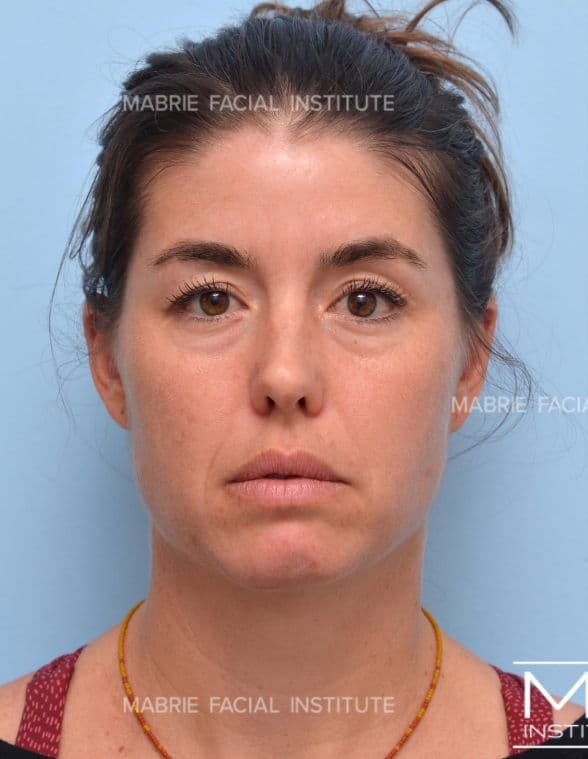
BOTOX smooths expression lines, lifts the brow, and slims the face for a refreshed look.
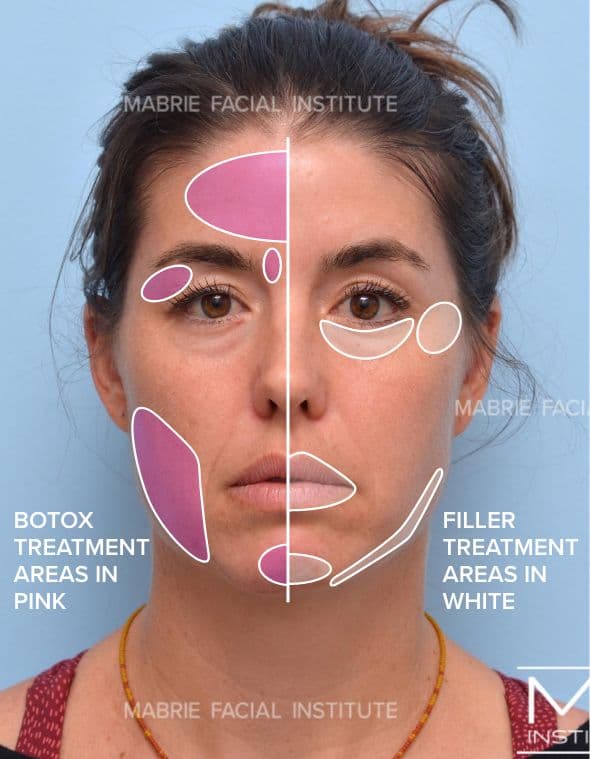
Fillers contour the face by restoring volume, brightening under-eyes, and defining the lips, jawline, and chin.
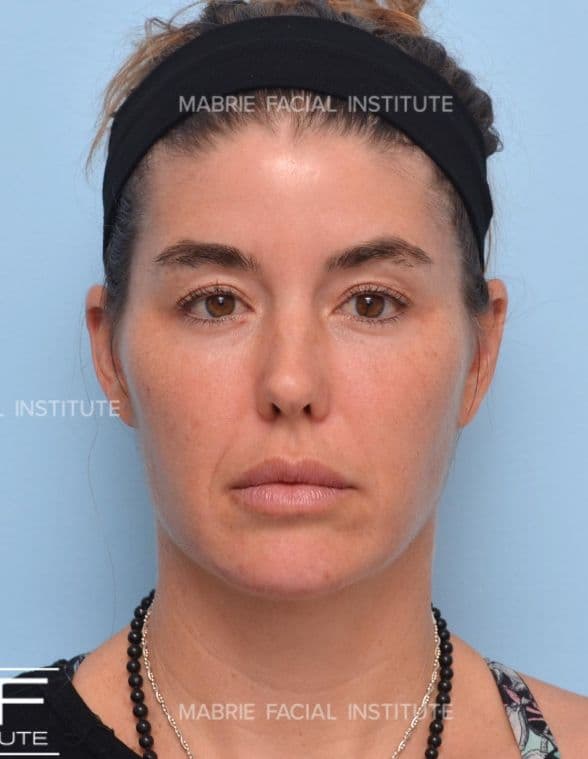
Strategic use of BOTOX and fillers creates harmony and natural-looking refinement.
The starting age for BOTOX can range from your 20s to 50s and beyond. Some people wait until they are bothered by lines and wrinkles that won’t go away. This is commonly anytime from your late 30s to your 50s. Other individuals take a preventative approach and choose to start treatment in their 20s or early 30s.
Back to TopYes—preventative BOTOX can delay the formation of deeper lines by relaxing facial muscles before wrinkles become etched in. In fact, Millennials and Gen Z have embraced BOTOX as a “pre-juvenation” treatment. Starting neuromodulators in your 20s or 30s can postpone the formation of dynamic wrinkles such as the vertical lines between the brows, crow’s feet, and forehead furrows. We have patients who are now in their late 30s and 40s who swear by preventative BOTOX—they still don’t have lines in these areas. Due to the smaller quantities used, this is often referred to as “baby BOTOX,” and it’s becoming a routine self-care ritual for many young people.
Back to TopWhile BOTOX injections aren’t entirely pain-free, our patients find them very tolerable. The needle we use is very fine, and injections are shallow. Most people describe the sensation as comparable to an insect bite.
Back to Top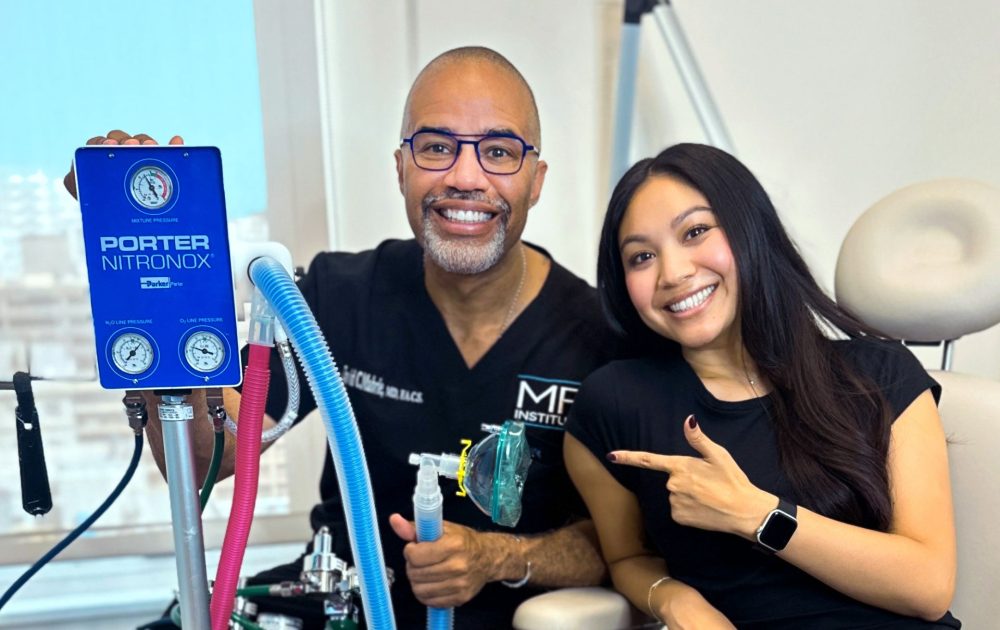
We understand that some patients feel anxious about facial injections. We’ve curated an experience designed to help you feel calm, confident, and in-control every step of the way:
Choose what you need, when you need it. Visit our full Comfort & Care page for more.
Researchers haven’t done significant studies on BOTOX in pregnant women, but it is not recommended that you get BOTOX while you are pregnant or breastfeeding. The primary concern would be the possibility of the drug entering your bloodstream and affecting the baby’s health, and there simply isn’t enough research to say conclusively that there is no risk of this.
Back to TopGive your BOTOX a little time to settle in before you do. For the first 4–5 hours, stay upright—not because gravity makes the product “wander,” but to avoid pressing or rubbing the treated areas, which could cause it to shift. After that, feel free to recline, nap, or relax knowing your results are right where they should be.
Back to TopFind out why so many women and men choose Mabrie Facial Institute for BOTOX treatment in the San Francisco Bay Area. Request a consultation online with one of our Injectors, or call us at (415) 445-9513 to schedule your initial appointment. If you’ll be visiting us from outside the area, our Fly in for Your Procedurepage was created just for you to help make planning your trip as smooth as possible.
Back to Top